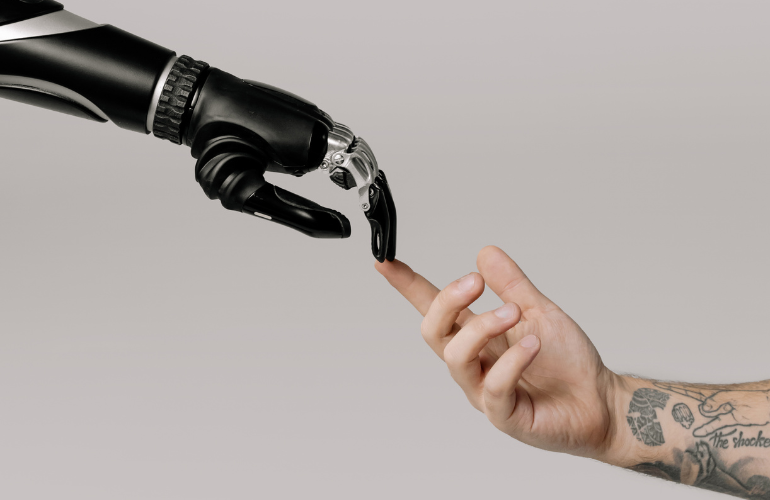Any good marketer knows that visuals are key in today’s competitive marketing landscape. Clear photos, clean designs, and compelling illustrations can all take an average ad up to the next level. Great visuals create more interesting and successful advertisements. After all, research suggests that the brain processes images 60,000 times faster than plain text, and content with images gets over 90% more views than content without.
But what if you don’t have a pro designer, photographer, or illustrator on your team? What if you’re a small business without the budget for such luxuries yet? After all, those team members work hard, and they deserve fair pay. A small business may not be able to do that yet. Or perhaps you just need a way to generate ideas for your artists.
Open AI has created a new feature within their ChatGPT-4o program: An image generator. This amazingly realistic and consistent generator may be a game-changer for marketers and small business owners. Read on to learn more.
How It Works
The image generator works very similarly to the text generator. When one goes to input a prompt, they can simply ask for the image that they’re looking for. It will take a few moments for the image to appear, but when it does, it should at least loosely resemble the input prompt.
From that point, the user can make edits to make the image more accurate to what they were envisioning. The program does have some issues with accuracy (more on that later) so it may take several rounds of tweaks to get what you’re looking for.
What’s New and Improved?
This image generator is exceptional at creating photorealistic images with the right prompts. As a matter of fact, the “photos” it creates look so realistic that it is difficult (if not impossible) to differentiate them from real photos. Of course, this may not happen at the first attempt, but the program is capable of doing this.
It’s also capable of an impressive level of consistency. If you ask for a series of images, each following up on the one prior, the images will all look like they belong together and are part of the same creative series. This was a problem with image generators previously. Of course, because this technology is still developing, there may be occasional hiccups.
This image generator is meant to be more practical than those of the past. While it’s still capable of the surrealist art that AI has been “creating,” it’s also useful for marketing and advertising due to its ability to generate accurate images based on complex instructions.
The Open AI team also claims that some concerns with such a powerful image generator, such as problematic sexual deepfakes and watermark removal of original artist’s work, are no longer issues with this new system. Open AI will block any requests for such images. Images will also include C2PA metadata which allows them to be identified as AI. While there is no perfect solution to AI image misuse yet, the company is increasing their efforts.
Limitations of the Image Feature
The Open AI ChatGPT image feature is far from perfect, and it doesn’t replace artists, designers, and photographers. However, for many uses, it’s ideal (especially if you know how to properly use it). It still has its limitations, and until those are adjusted, anyone using this feature for professional use will want to double and triple check the output image or be prepared to make edits before they use it for their brand.
So where does the image generator currently fall short as of spring 2025?
Cropping
If you’re looking to create a long poster or infographic, you may want to avoid using the Chat GPT image generator, at least for the final product. The generator has presented issues with cropping, often cropping the entire bottom (or less commonly, the top) of the image off without warning. This may be fixable in some cases, but not in all.
Accuracy
The image generator (along with the ChatGPT text generator) still struggles with accuracy. When using it, make sure to verify any important information. Chat GPT is known to “hallucinate” or make up information, even if the real answer is readily available online. On that note, it also struggles to make precise graphs. It also may struggle with exact counts of things and may require some trial and error.
Multilingual Text
On the topic of accuracy, Chat GPT’s image generator can struggle with non-Latin languages. If you’re making an image that features a language that uses a different system of writing, be prepared to edit it heavily for accuracy.
Editing
If something is inaccurate in the image, the program may have difficulty fixing it. While you can make large additions and changes with ease, fixing things like typos or small errors can lead to more errors.
Small Details
Complex images or graphics with many fine details and dense information may not be the best use for Chat GPT’s image feature. The text may be inaccurate or blurry, and this is difficult to fix. Creating the graphic and adding the text after the fact may be a short-term solution until this is fixed.
Are AI Images the Future?
AI has come a long way in just a few short years. From surreal “photos” of characters with too many limbs and overly smooth skin to images that look like they came straight out of a digital camera, it’s clear that there have been massive strides forward in the world of AI image generation. While the future of AI is unclear, what is clear is that Open AI’s new image generator can be incredibly helpful to marketers and advertisers, even if it’s just being used for idea generation.
In the months and years to come, AI will likely advance further. Will you get ahead of the game and start taking advantage of this technology now?
At Payani Media, our team of experienced marketers is ready to help you take your brand to the next level, with or without the use of this impressive new technology. From brand audits to content creation, we’ve got you covered. Reach out today to learn how we can help your brand thrive.




